IoT Solutions for Net-Zero Residences
The UK’s Future Homes Standard has established a bold benchmark for sustainable residential construction. Notably, it mandates zero-carbon operations, achieved through integrated PV, energy storage, and heat pump systems. To translate this policy into actionable results, three elements are non-negotiable: seamless connectivity, real-time data management, and edge intelligence. This is precisely where Bivocom’s IoT solutions step in. As a global leader in industrial IoT, Bivocom delivers purpose-built hardware and technologies tailored to the standard’s core requirements. These solutions effectively bridge the gap between policy mandates and on-the-ground operational efficiency.
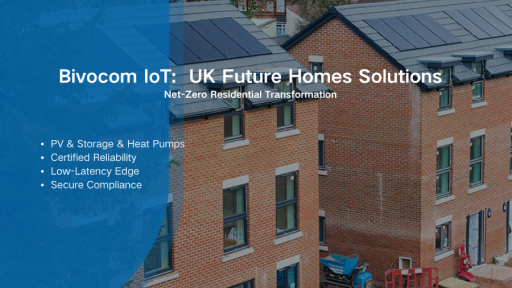
What Is the UK Future Homes Standard?
The UK’s Future Homes Standard (FHS) is a landmark policy reshaping low-carbon residential construction. It is scheduled to launch in autumn 2025, with full enforcement by December 2027. This rollout timeline is designed to help the UK achieve its 2050 net-zero goals. It targets the residential sector’s 20% share of national carbon emissions, turning every new home into an energy-efficient, self-sustaining space.
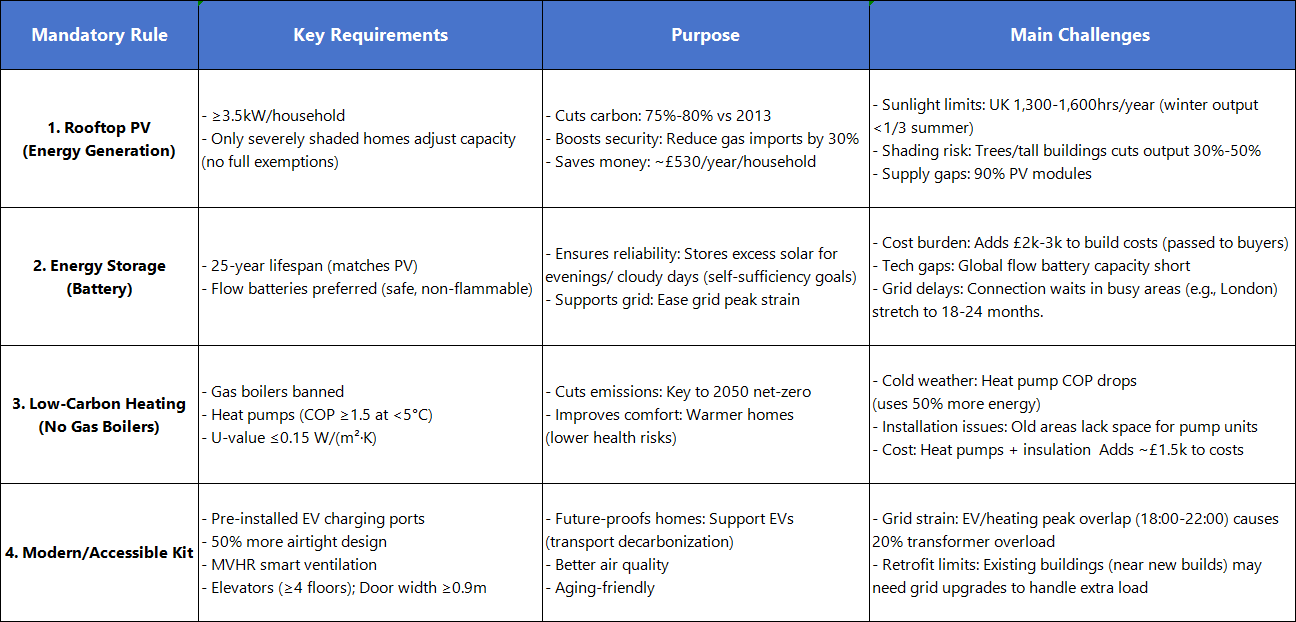
Domestic Backing: Making the Standard Stick
- Tech subsidies: Heat pumps get up to £7,500 in grants; energy storage has 0% VAT (cutting upfront costs).
- Grid upgrades: A £26b investment trims PV/storage connection times from 18+ months to under a year.
- Talent prep: A “Green Skills Fund” is training 120,000 workers for low-carbon roles (e.g., PV installation).
Global Ripple: The Standard as a Blueprint
- Policy replication: Germany plans a 2030 match; France offers 40% subsidies for UK-style “PV+storage+heat pump” setups. Singapore and Australia now use its rules for green homes.
- Tech push: The standard is pushing companies to innovate—think longer-lasting flow batteries (now targeting 25-year lifespans) and heat pumps that work at -10°C (up from just 5°C).
- Green capital: The EIB’s €20b fund and China’s development bank back emerging markets to copy the model, pairing UK tech with financing.
Bivocom & UK Future Homes Standard
The UK’s Future Homes Standard (net-zero by 2027) mandates integrated PV, energy storage, and heat pumps—but real-world success needs seamless connectivity, real-time data, and edge intelligence. Bivocom’s tailored solutions solve the standard’s top pain points. Below are three distinct products delivering targeted impact:
1. TR321: Low-Power Monitoring for PV & Storage
Future Homes: Distributed Energy Monitoring Tech Solution
- Protocol Compatibility: The TR321-M natively speaks Modbus RTU/TCP and MQTT, seamlessly integrating with most PV inverters, storage systems, and home energy platforms. This ensures real-time transmission of critical data (e.g., PV output, storage SOC) without custom middleware—simplifying compliance audits.
- Low-Power Longevity: Its LTE-M/NB-IoT connectivity uses a fraction of the energy of traditional 4G. This means sensors paired with the TR321 can run on small batteries for more years—avoiding costly mains power runs.
- Rugged Reliability: Its wide temperature range and dust-tight IP30 rating withstand the UK’s harsh weather, from winter frost on rooftops to summer heat in utility cabinets. This consistency ensures uninterrupted data collection.
Outcomes & Real-World Impact
The TR321 low-power design has been validated in real-world deployments aligned with Future Homes needs. This router powers smart HVAC systems for a European leading HVAC enterprise, enabling remote monitoring of heat pump performance—directly supporting the standard’s low-carbon heating mandates. Additionally, it connects smart meters in Southeast Asian smart metering projects and EV charging equipment. It demonstrates reliable data transmission for PV output tracking and EV charger management—core to Future Homes requirements.
2. TG463: Edge Powerhouse for Energy Synergy
Future Homes: Energy Synergy Tech Solutions
- Edge Orchestration: CPU runs custom load-balancing algorithms (via Python/SDK) to optimize “PV-storage-heat pump” synergy—no need to send raw data to the cloud, reducing latency and bandwidth costs.
- Infrastructure: 4 PoE ports power IP cameras, smart thermostats, and outdoor sensors (e.g., weather stations for heat pump optimization) without extra wiring—simplifying installation in new builds and aligning with the standard’s “future-proof” infrastructure mandates.
- Redundancy: Optional dual cellular modules (for load balancing, not just failover) ensure 5G connectivity even in dense urban areas, where network congestion often delays data transmission. This is critical for real-time heat pump adjustments or grid demand response.
Outcomes & Real-World Impact
The TG463 edge capabilities have been validated in partnerships mirroring Future Homes needs. It’s the backbone of Bivocom’s joint building management solution with a European renowned building automation firm, optimizing HVAC and energy asset synergy. It also powers monitoring for global hybrid power station projects, where it balances distributed energy assets—translatable to optimizing residential solar self-consumption and heat pump efficiency.
3. TR341: Reliable Connectivity
Future Homes: Grid Strain & Accessibility Tech Solutions
- Grid Protocol Support: Supports Modbus RTU/TCP (via RS232/RS485), a universal protocol for energy devices. It links residential energy systems (PV inverters, storage BMS) to management platforms/cloud, enabling energy flow tracking and balancing PV generation with EV/heat pump loads.
- Multi-Device Orchestration: With 5 RJ45 ports, the router eliminates the need for extra switches—integrating EV chargers, storage BMS, and indoor air quality sensors into a single network. This reduces points of failure and simplifies compliance audits (all data flows through one device).
- Dual-SIM Failover: If one cellular network experiences outages, the router automatically switches to a second SIM —ensuring EV chargers and elevators never lose connectivity.
-
Security Compliance: RADIUS Wi-Fi auth (unique for mid-tier routers) enables managers to control shared IoT access (e.g., communal heat pumps), aligning with standards & GDPR. Built-in VPN (IPsec/PPTP) and firewall secure energy data, blocking unauthorized grid access.
Outcomes & Real-World Impact
The TR341 ensures uninterrupted connectivity for grid-linked and communal Future Homes systems. It is deployed in smart grid projects alongside a global top-tier wireless module enterprise. It supports automatic meter reading and PV grid connection—critical for complying with the standard’s grid compatibility rules. Also, it also enables monitoring for high-altitude transmission tower projects. This proves its redundancy is effective for multi-story residential elevators and shared heat pumps.
About Bivocom
With 11+ years in industrial IoT and a presence in 90+ countries, Bivocom focuses on global demands and policies, delivering tailored IoT connectivity and intelligence solutions. We empower developers, builders, and energy operators to meet key standards such as the UK Future Homes Standard. By connecting PV systems, energy storage, heat pumps, and EV chargers, we help turn zero-carbon residential mandates into reality. Aligned with global net-zero goals, our solutions bridge policy compliance and operational efficiency, enabling intelligent, sustainable, grid-compatible homes worldwide.
- Piloting: Test solutions in diverse residential scenarios (suburban/urban) to validate grid compatibility and weather resilience.
- Customization: Tailor hardware and firmware for varied needs—from rural low-power monitoring to urban edge energy optimization.
- Integration: Unify energy device data with your management platforms, eliminating silos for compliant, efficient operations.
Bivocom delivers reliable IoT solutions for zero-carbon residential goals. Contact [email protected] for a free tailored strategy assessment—building compliant, future-ready homes aligned with global net-zero visions.
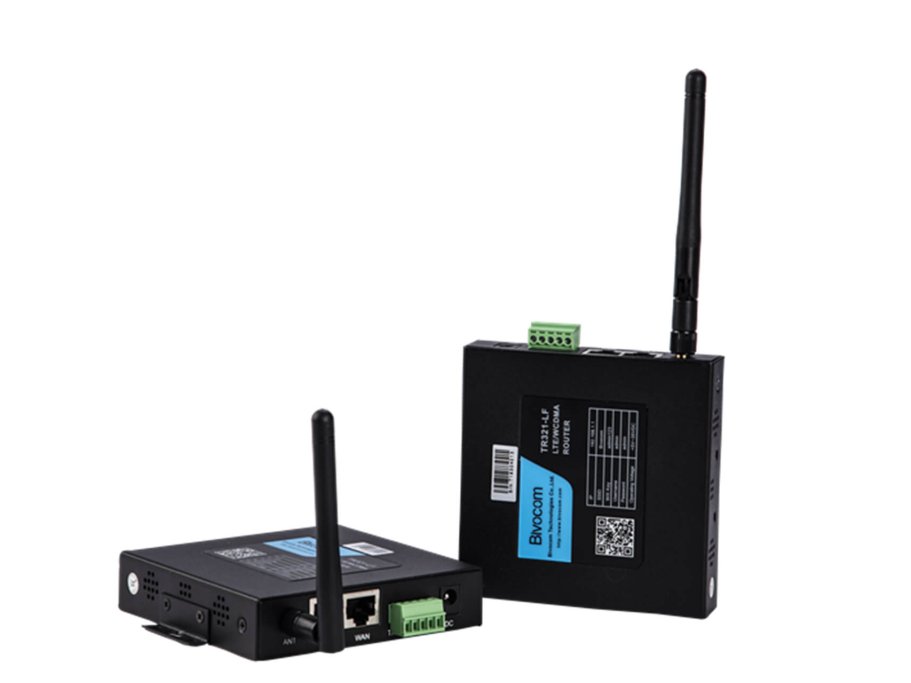
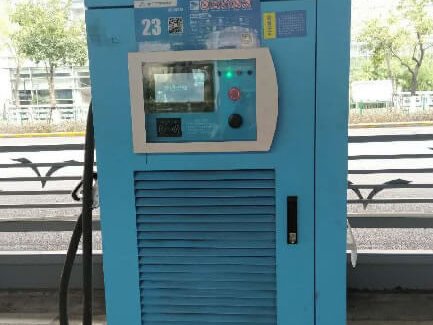
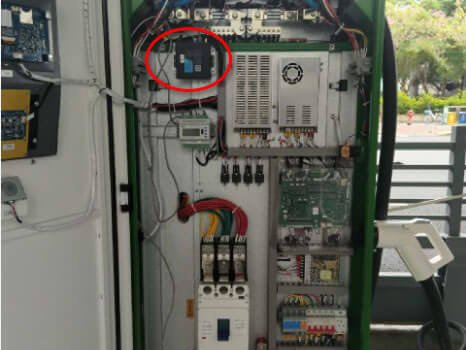
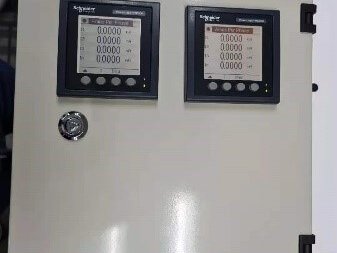
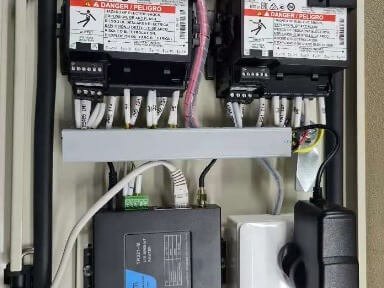
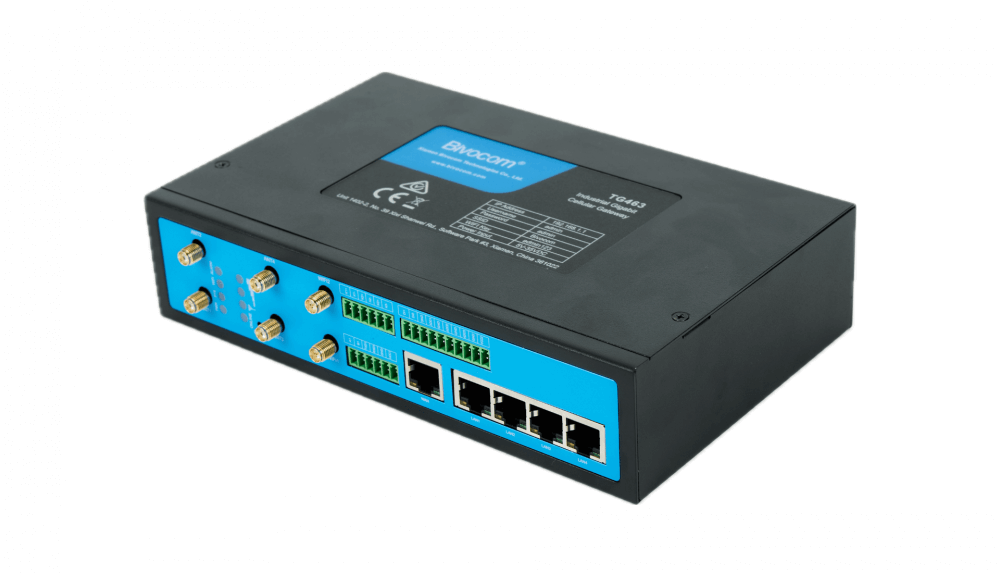
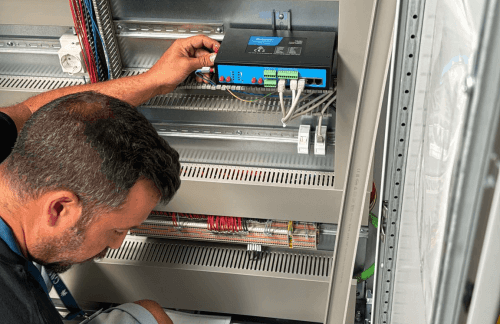
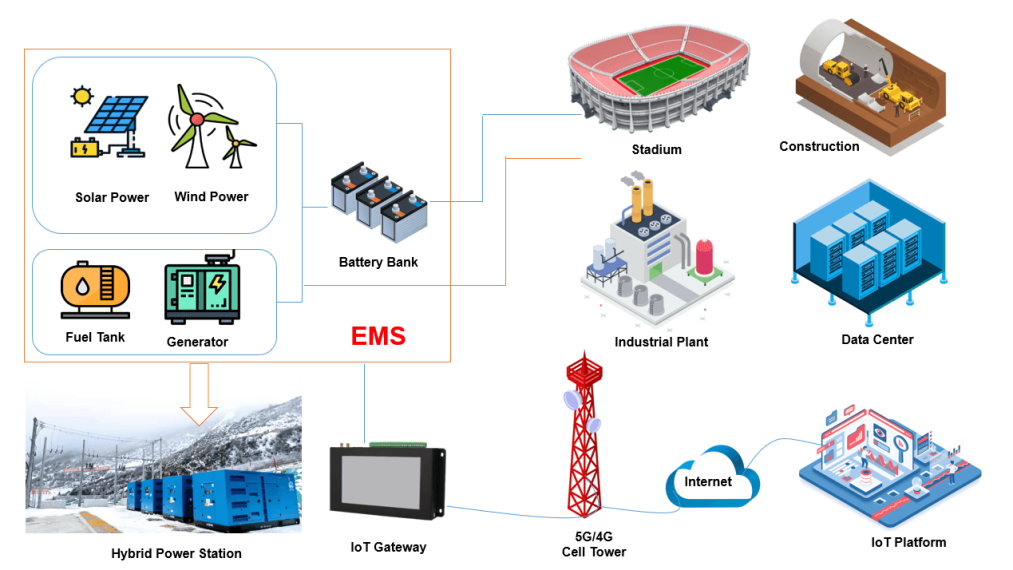
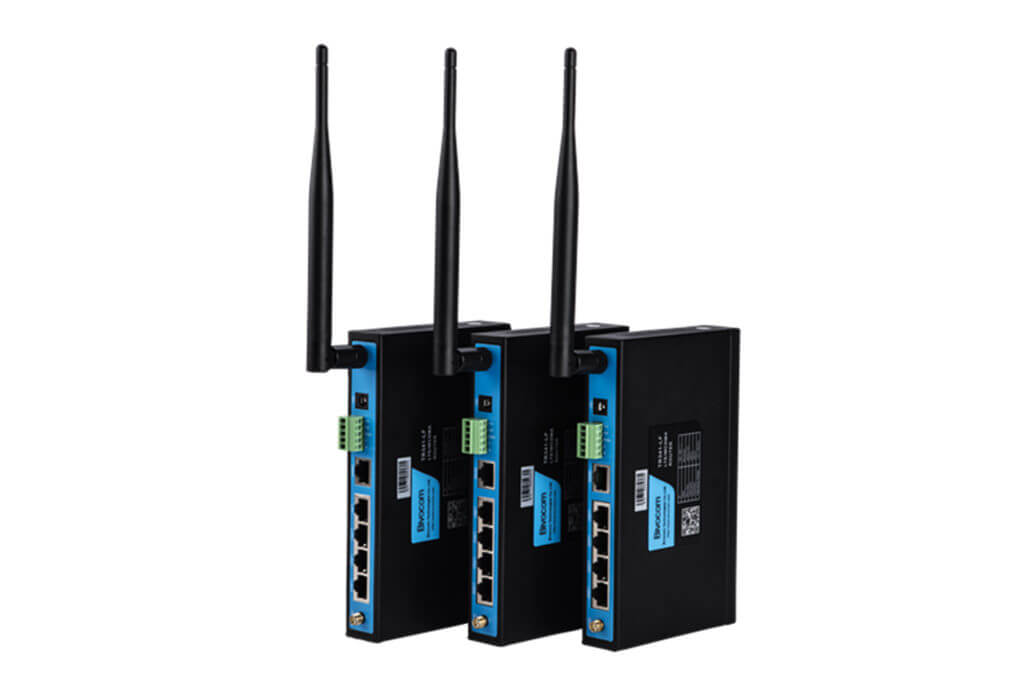
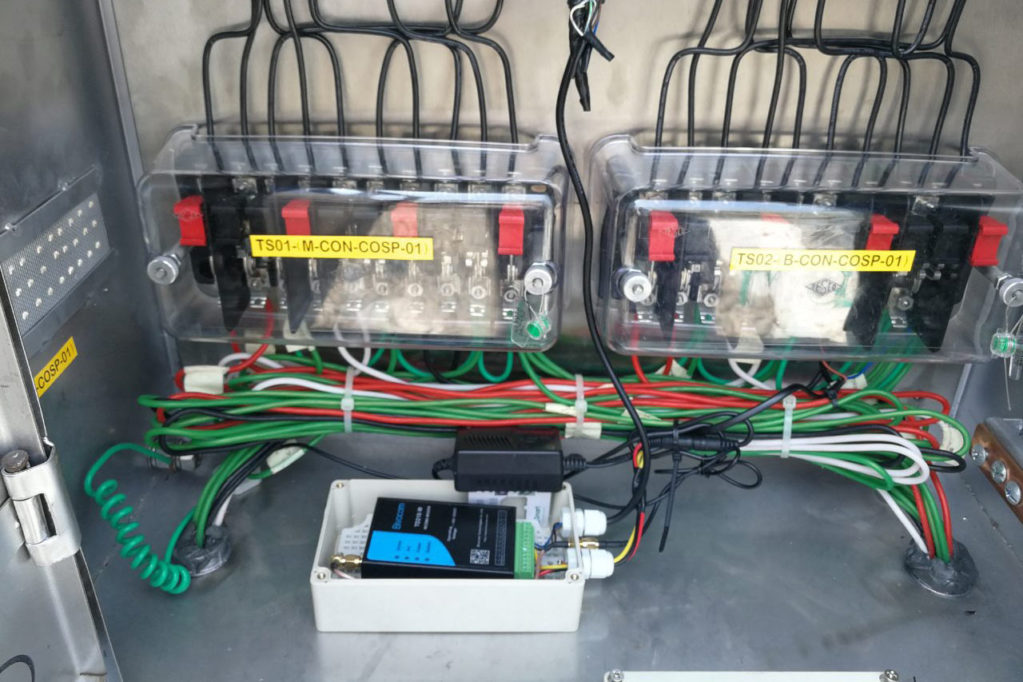
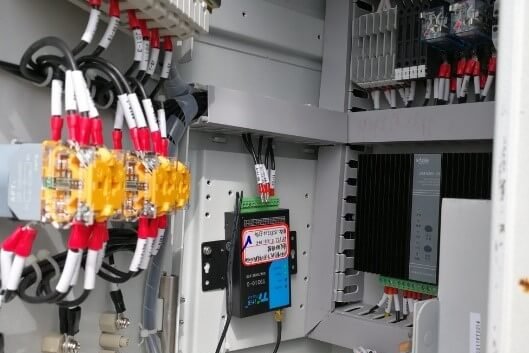
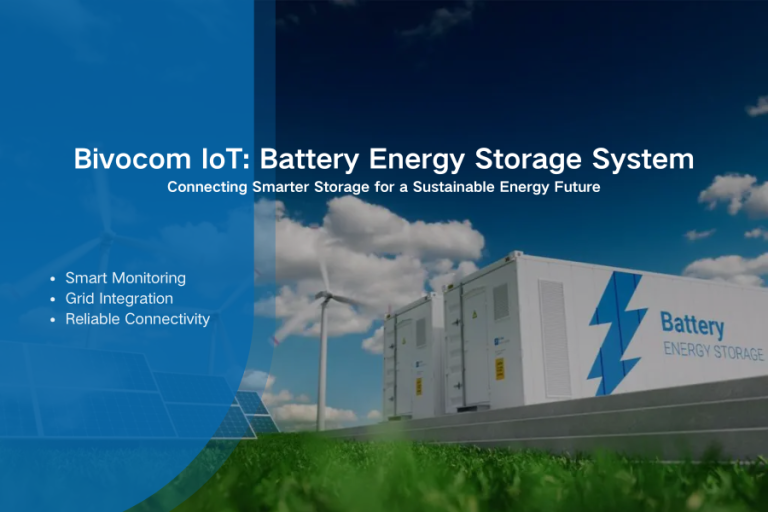
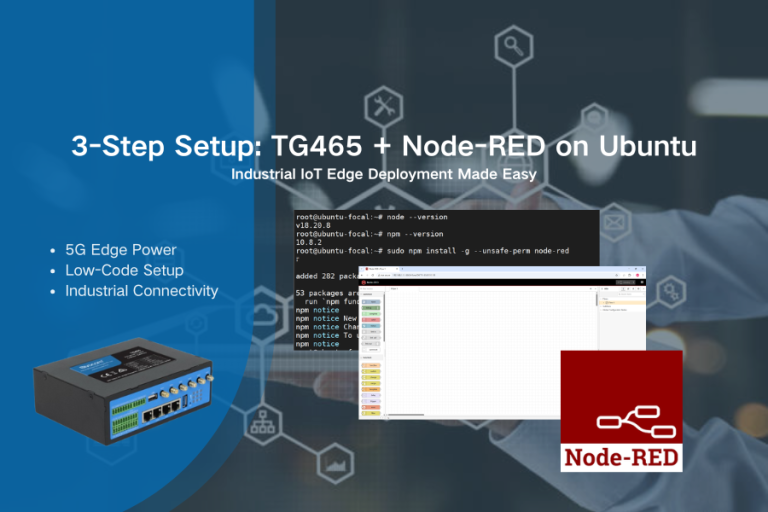
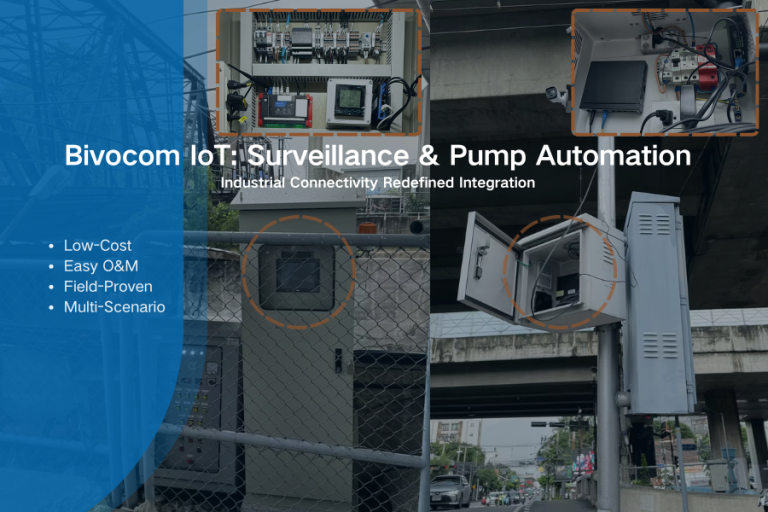
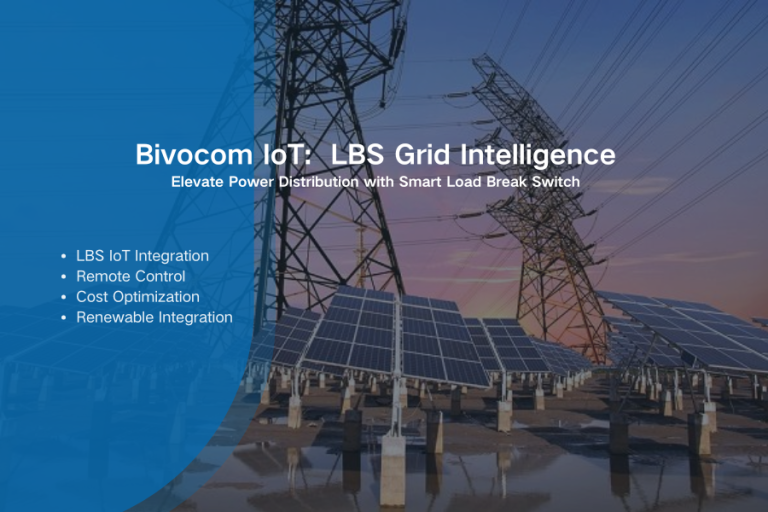
Comment